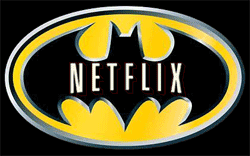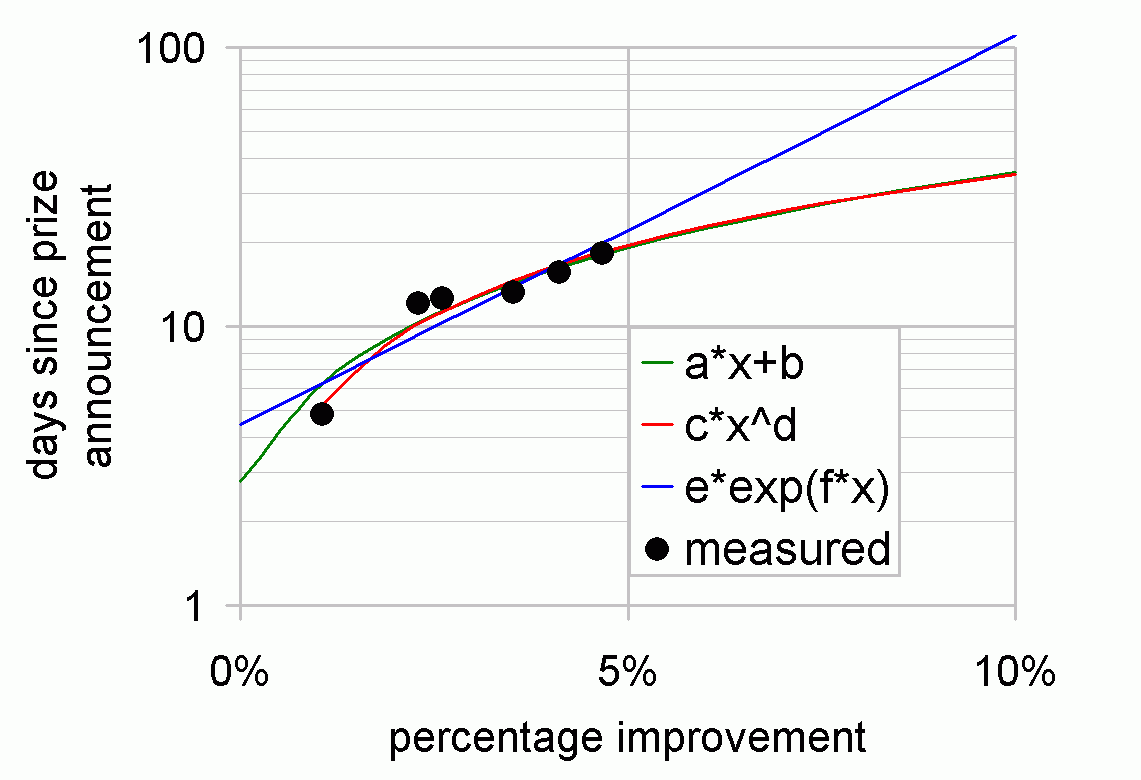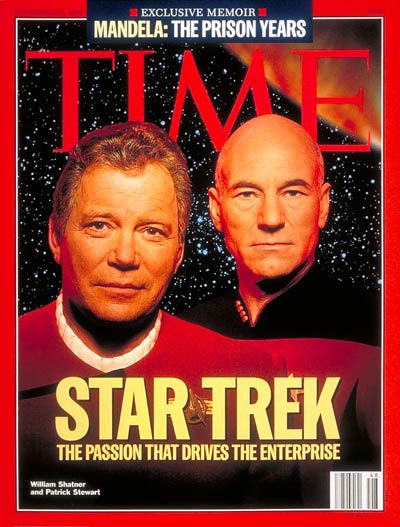 Â
Â
A search for “star trek” in Time Magazine‘s archives from 1923 through the present (which used to be for subscribers only) produces over 200 mentions - like the recent interview with Leonard Nimoy celebrating 40 years since the first episode. Of course there is a Time Timeline:
| 1964 |
Desilu Studios tries to sell Star Trek to CBS, which declines and decides to air Lost in Space instead. |
| Sept. 1966 |
NBC broadcasts first episode, The Man Trap: Kirk outwits a vampire-like alien who has eyes for McCoy. |
| March 1967 |
McCoy says, “Dammit, Jim, I’m not a bricklayer, I’m a doctor!” First variation of this phrase. |
| 1967 |
Even at its ratings peak, Star Trek ranks No. 52, behind such shows as Mr. Terrific and Iron Horse. |
| Dec. 1967 |
Trouble with Tribbles, peak of Star Trek humor. |
| 1968 |
NBC announces cancellation of series but receives 1 million letters of protest and renews it. |
| Nov. 1968 |
TV’s first interracial kiss, between Kirk and Uhura. Censors insist “no racial overtones,” no open mouths. |
| 1969 |
After 79 episodes NBC cancels series. |
| Feb. 1972 |
First Star Trek convention is held in New York City. Sci-fi guru Isaac Asimov attends. |
| 1976 |
After revceiving 400,000 letters from Trekkies, NASA names space-shuttle prototype Enterprise. |
| 1976 |
Leonard Nimoy writes I Am Not Spock. |
| 1979-1986 |
Movies I-IV, the movie, the wrath, the search, the voyage. |
| 1986 |
In Saturday Night Life [sic] skit, Shatner tells convention of Vulcan-eared Trekkies to “get a life”. |
| 1987 |
Star Trek: The Next Generation TV series debuts with Shakespearean actor Patrick Stewart on the bridge. |
| 1991 |
Gene Roddenberry dies. |
I think the timeline ends there. Star Trek TIME began with the TV lineup for September 8, 1966 (remember these?):
| WONDERFUL WORLD OF WHEELS |
CBS, 7:30-8:30 |
A car buff’s special revs up with a gallery of antiques, roars into futuristic creations and scenes from some history-making races |
| TARZAN |
NBC, 7:30-8:30 |
Ron Ely slips into the loincloth as Tarzan No. 15 in a new series. |
| STAR TREK |
NBC, 8:30-9:30 |
A cruiser-size rocket ship, called the U.S.S. Enterprise and captained by William Shatner, investigates new worlds and unimagined civilizations in deep space. |
| THE TAMMY GRIMES SHOW |
ABC, 8:30-9:00 |
A contemporary comedy series starring Tammy in beyond-the-fringe situations, with Dick Sargent and Hiram Sherman. |
| THAT GIRL! |
ABC, 9:30-10:00 |
As an aspiring young actress, Marlo Thomas finds herself hilariously misunderstood by her boy friend, poor chap, who simply doesn’t realize when an actress is living her part. |
| THE HERO |
NBC, 9:30-10:00 |
The foible-filled private life of a TV-western idol who’s absolutely terrified of horses and allergic to sagebrush, featuring Richard Mulligan. |
| HAWK |
ABC, 10:00-11:00 |
Burt Reynolds plays a detective for New York’s District Attorney; filmed in the city’s eerie back alleys |
But there is more interesting and sometimes offbeat human history in the stories.Â
1967 – Real People Take Notice
Physicist William Pickering, whose Jet Propulsion Laboratory has directed U.S. unmanned space probes from Explorer 1 to Surveyor 6, likes a preposterous piece of space fiction, Star Trek. Incidentally, Time also reported Barry Goldwater says he “doesn’t see much TV” but favors Walter Cronkite or the local news from Phoenix.
1975 – The Trekkie Fad [as in passing fad]
Jesco Von Puttkamer, a NASA scientist who gave two S.R.O. lectures at the convention, said that the show “reflects a positivistic attitude. It’s a mirror to our present world with some adventure thrown in.” Another academician who gives the show high marks is Astronomy Professor Leo Standeford, who has conducted a one-credit course in Star Trek at Minnesota’s Mankato State University. His esteem is shared by the Smithsonian Institution, which has acquired a model of the Enterprise.
1977 Feb. – Entering the Culture
NASA’s Dryden Flight Research Center at Edwards Air Force Base. There it will begin tests that will culminate in flights that could do for space colonization what the prairie schooner and the railroads did for the settling of America. When moving day arrived, OV (for Orbiter Vehicle) 101, christened Enterprise to the delight of thousands of Star Trek fans, was jacked up and loaded onto its transporter.
1977 Aug. – Space Tec Aps
Having no power and weighing as much as 40 Chevrolet sedans, the shuttle was essentially an overweight glider. But despite the still-unexplained failure of one of the ship’s five computers, her brief flight went exactly according to plan…Between 1980 and 1992 NASA is planning for 560 flights at a rate that will eventually reach more than one a week…Astronomers are hoping to send a space telescope into orbit aboard the shuttle. Freed from the interference caused by earth’s atmosphere, man will be able to look unhindered into space—to find out, for example, how stars and planets evolve.
1979 Jan. – The Movie
Roddenberry guesses that there are 10 million “hardcore” fans, along with kids and kooks, such well-known names as Senator Barry Goldwater and Science-Fiction Author Robert Heinlein.
1980 Jun. – The TV Movie
DIED. Teddy DeVita, 17, whose struggle to conquer a rare bone marrow disease in an 8-ft. by 9-ft., germ-free isolation room at the National Cancer Institute won him wide attention as the courageous “boy in the glass cage”; of complications from repeated blood transfusions; in Bethesda, Md. Teddy was nine when he developed aplastic anemia, which destroys the body’s ability to fight off any infection. His life in his sterile sanctuary, portrayed by John Travolta in a 1976 TV film, was poignant: he sometimes threatened to walk out to virtually certain death, but mostly he tried to live normally: he liked Shakespeare, played the electric guitar and became a sci-fi buff; at a Star Trek convention, which he attended clad in an astronaut-type pressure suit, he was delighted to be mistaken for just another imaginatively attired Trekkie.
1992 Aug. -Â The Next Generation
Someone who grows up with his own gas pump and dog cemetery, and is heir to the greatest newspaper dynasty in the country, has to work hard at being a regular guy. For Arthur Sulzberger Jr., who succeeded his father as publisher of the New York Times this year, this means taking public transportation, not owning a country house or a car, and touring Europe by secondhand BSA 175 motorcycle. His signature sport is not golf or squash but rock climbing. The new Star Trek is his favorite program.
1993 – buy’ nqpop
Not only is Klingon a real language, sort of, it is the fastest growing language in the universe (if you consider that it started with a base line of zero speakers in the mid-1980s). It was invented by a linguist named Marc Okrand.
1993 – Hawking appears on STNG
1993 – Technobabble
TIME consulted Michael Okuda, one of the Star Trek technical experts.
We need to remodulate the main deflector dish.
Deflectors are devices that protect starships by setting up an energy field. Dishes, which operate at specific frequencies, control the deflectors. Remodulating the frequency boosts the strength of the deflectors against incoming attacks.
We can do it if we reconfigure the lateral sensor array.
Sensors are used to detect objects, life forms or anomalies in space. Reconfiguring them simply adjusts them, like focusing a lens. Watch for terms like “reconfigure” and “remodulate”; they’re the workhorses of the Trek vocabulary.
It should be possible if we decompile the pattern buffer.
Transporters can send people instantly from one location to another by converting their molecules into energy, then reassembling them. Every living being has a distinct pattern of molecules; the pattern buffer fixes the configuration by adjusting for the Doppler effect — the apparent change in the frequency of the energy waves caused by motion.
I’ll verify the Heisenberg compensators.
The Heisenberg Uncertainty Principle states that you cannot know a subatomic particle’s exact position and its exact direction and velocity at the same time. To transport people you have to know all those things, so the Heisenberg compensator was devised to overcome that problem. It’s an attempt by the Trek writers to signal that they are at least aware of the issue. And how does the Heisenberg compensator work? “It works very well, thank you,” says Okuda.

Post-Star-Trek aka Modern TIMEs:
Apr. 21, 1997 MADRID: There was no coffin or graveside eulogy, just a simple Pegasus rocket traveling at 6,200 mph and 22 lipstick-sized metal vials containing the ashes of Timothy Leary and “Star Trek” creator Gene Roddenberry, among others, for the first commercial burial in space. Celestis also is launching Mercury astronaut “Gordo” Cooper and actor James “Scotty” Doohan died Jul. 24, 2005. Beam him up.
July 8, 1998, 8:45 a.m.: Descision by the USPO to issue ST stamp.
 Â
Â
And we go from the ridiculous Feb. 2000 Shatner interview:
Q. Have you made more on priceline stock or on 30 years of milking suckers for everything they’re worth at Star Trek conventions?
A. When priceline asked me how much it would cost them to do their commercials, I named my own price.
Q. Do you even know what a good price for Cheerios is?
A. $1.25 is a good price for a very large box of cereal.
Q. Not even close. You starred in the only movie ever made in Esperanto. Can you say bad career move in Esperanto?
A. Malo carrero.
To the sublime Aug. 200051 article:
Coincidences in the TIMEline:Â In Aug. 2000, astronomer WILLIAM COCHRAN discovered a Jupiter-size planet in the same orbit as Vulcan…and the Earthling who first made contact with the Vulcans was ZEPHRAIM COCHRANE–just an extra e away from Texas astronomer Cochran.


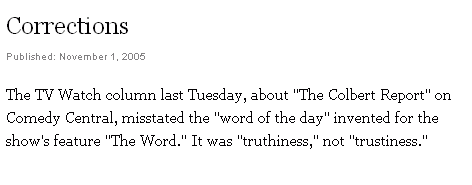

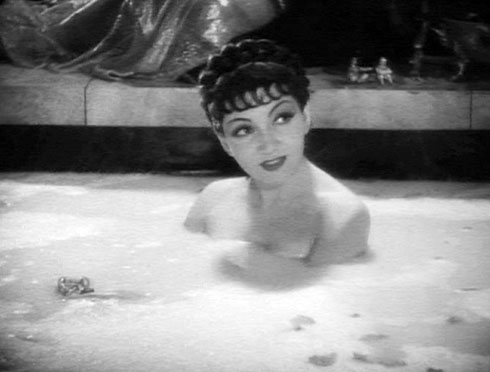

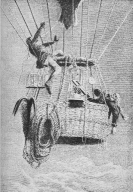 The nice thing is that the period only ever depends on q. Anticipating by 120 years mathematicians’ keen interest in modular forms, these periods were first related to the
The nice thing is that the period only ever depends on q. Anticipating by 120 years mathematicians’ keen interest in modular forms, these periods were first related to the 














